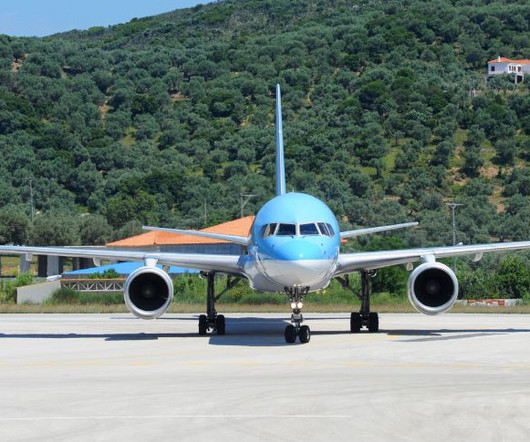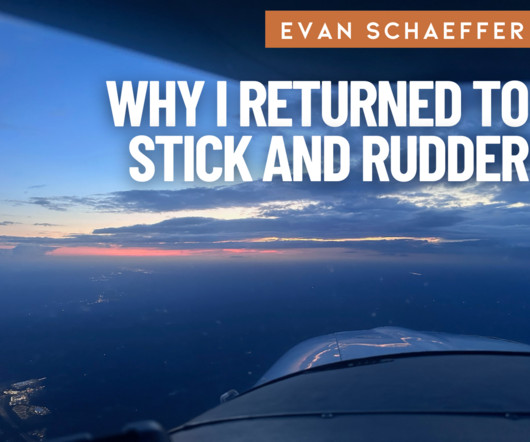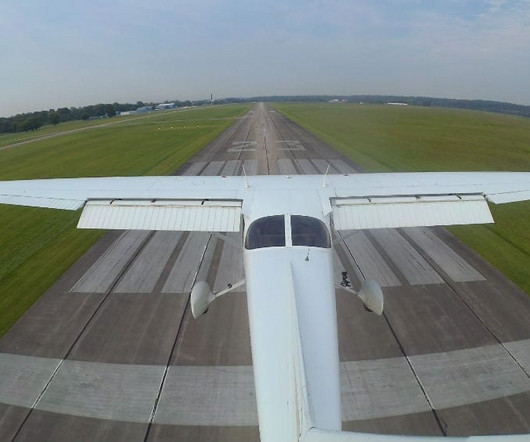Types of Aircraft Maneuvers Every Student Pilot Should Learn
Pilot's Life Blog
JUNE 18, 2025
Stalls and Stall Recovery No list of essential maneuvers would be complete without stalls, as they teach you to recognize and recover from the aircraft losing lift, a situation every pilot must handle safely. Normal Takeoff and Landing: Students learn the standard procedures to smoothly lift off and touch down.















Let's personalize your content